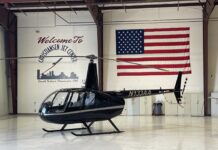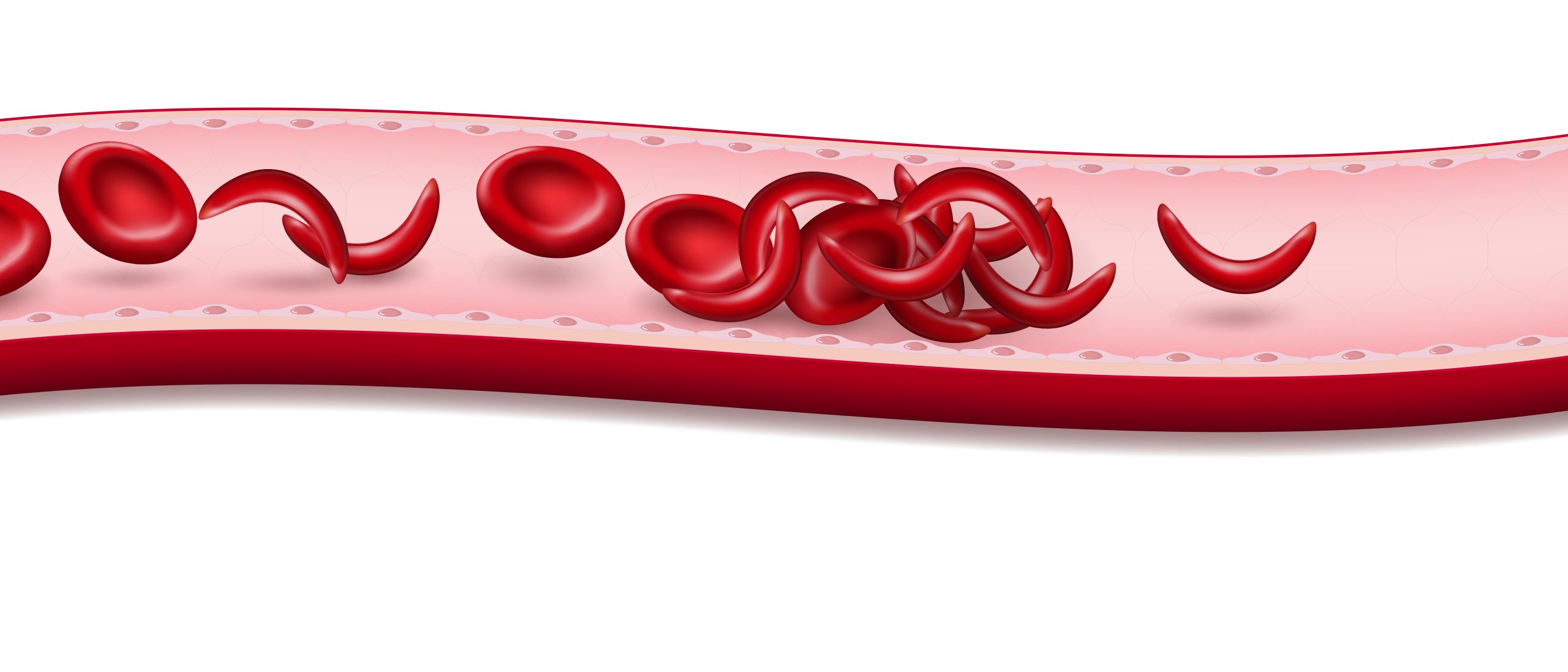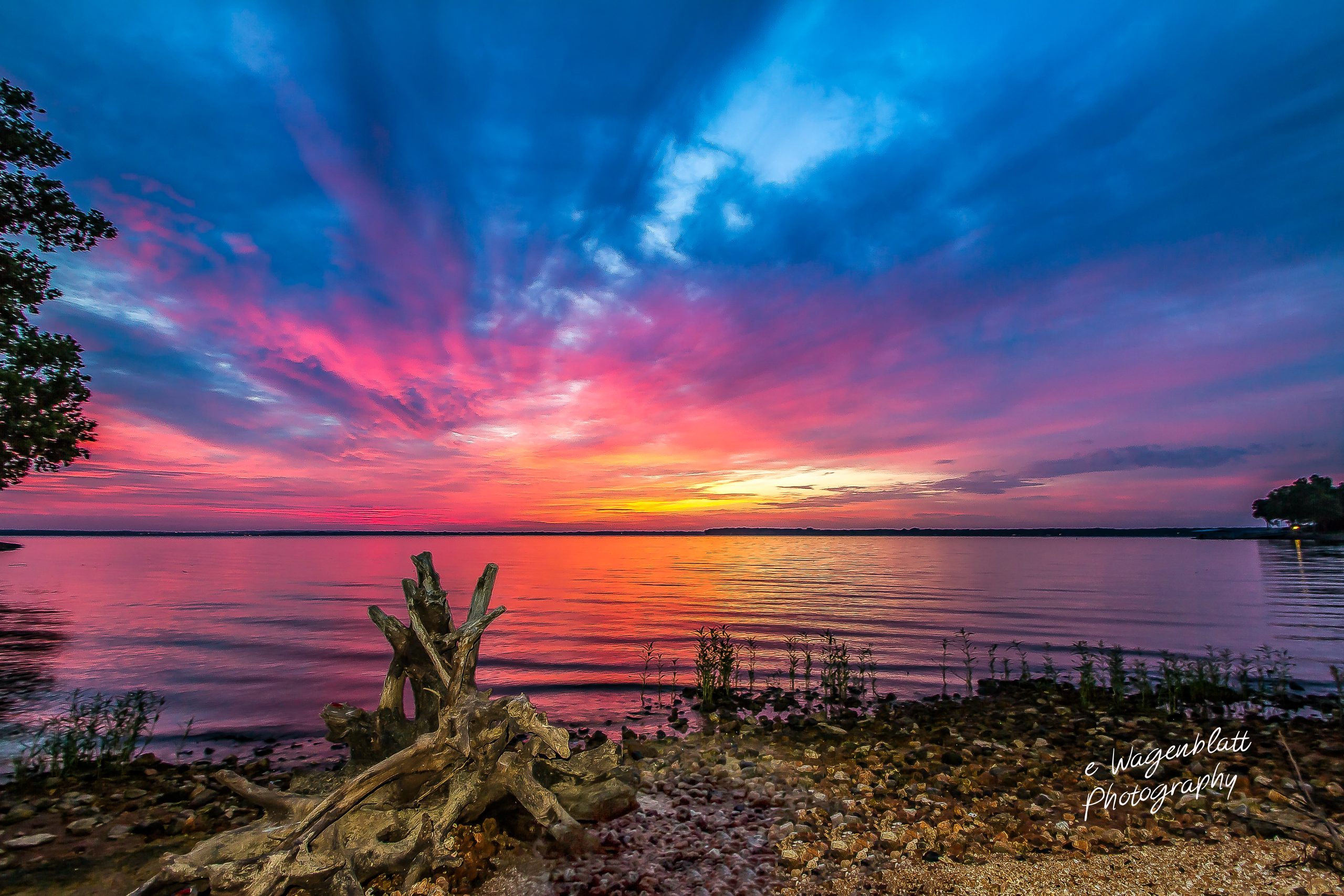Providing medical and rehabilitative care to wildlife, one nonprofit organization works to return these animals back to their natural habitats. WildCare Oklahoma, located in Noble, is one of the ten largest wildlife rehabilitation and conservation organizations in the country, and is among the few with a wildlife hospital in the midwestern United States.
Last year, the organization cared for 7,374 animal patients representing 215 distinct species, and nearly all were negatively impacted due to some sort of human interaction – such as displaced habitats, car collisions, domestic animal attacks, or injuries from utility lines or barbed wire.
“WildCare is a unique organization in the state of Oklahoma,” says Inger Giuffrida, WildCare’s executive director. “We are the only center with a wildlife hospital in the state, and we are open 365 days a year. In addition to the medical and rehabilitative care of injured, ill and orphaned wildlife from throughout the state of Oklahoma, we help people humanely resolve conflicts they are having with wildlife, provide in-person education for thousands of Oklahomans every year, and serve as the voice for the intrinsic value of wildlife and the places they live.”



Last year, WildCare answered 18,000 calls addressing a wide range of animal-related questions, concerns and conflicts, says Giuffrida. The public is often unaware that Oklahoma is one of the most ecologically diverse states in the nation. And with myriad unique regions like prairies, cross timbers and mesas, there comes a wide array of plants and wildlife. WildCare emphasizes education to share its appreciation for natural wonders.
“WildCare’s active leadership in conservation education has an impact far beyond our direct care for wildlife in the state,” says Kyle Abbott, DVM, WildCare’s medical director. “As a wildlife rehabilitation center, we incorporate findings from research and best practices from the field of wildlife medicine to provide the best possible care given our infrastructure and resource constraints.”
Animals affected by human activity that receive care from WildCare Oklahoma include amphibians, reptiles, mammals and birds including raptors, waterbirds and songbirds.
“WildCare’s impact extends throughout and beyond the state, particularly with our care of migratory birds,” says Elise Gundlach, certified wildlife rehabilitator and WildCare operations director. “Every spring and fall, millions of birds transect our state through the central flyway. Sadly, many of these birds get hurt during this journey. Luckily, caring Oklahomans get those birds that need help to WildCare for help.”
The nonprofit provides wildlife rehabilitation with its hospital, and animals are only kept until they are well, healed or fully developed, then released. Wildlife rehabilitation centers like WildCare should not be confused with for-profit wildlife collections open to the public (many depicted in the Netflix documentary Tiger King). It is also not an animal sanctuary where visitors interact with animals spending their lives in captivity.
“Our goal is to heal wildlife or help them develop from orphaned infants or juveniles to adults that can survive in the wild, and then we give them that second chance in the wild they deserve by releasing to appropriate habitats throughout the state – in many cases back to the area from which they originally came,” says Giuffrida.
To achieve this, WildCare does not permit visitors to the center – except during its annual baby shower, the one time a year a limited number of guests can see the work of WildCare from behind the scenes.
WildCare’s wildlife rehabilitators and veterinary team also minimize interaction with animals. Why?
“To keep them wild,” says Giuffrida. “One of wildlife’s best defenses is to steer clear of humans once released to the wild.”
WildCare does not receive any federal, state, county or municipal funds and instead depends on donations from people that care about wildlife and its future in the state. Learn more at wildcareoklahoma.org.






















